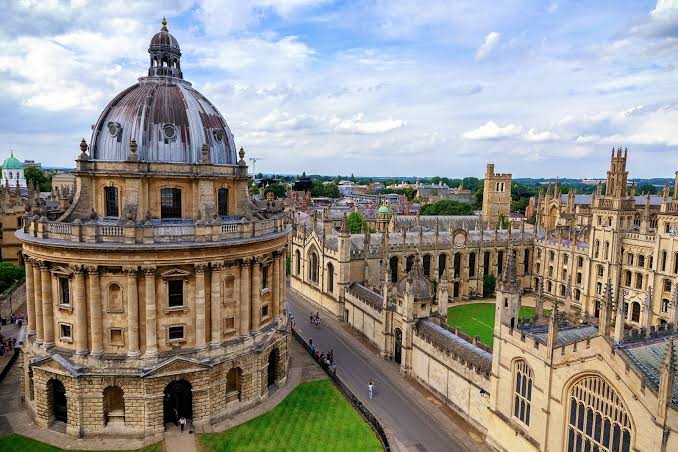The University of Oxford leads the eighth year in a succession, while others in the top five have seen changes in their rankings. Stanford University comes second, knocking Harvard University down to fourth. Massachusetts Institute of Technology (MIT) climbs two places this year to third. After sharing third place last year, the University of Cambridge ranks fifth. Italy’s Catholic University of the Sacred Heart ranks between 301 and 350 and enjoys the highest fresh admission. But most of the institutions ranking for the first time this year are Asian. Comprising 169 schools, the US ranks most among all countries in the top 200 (56). With 91 institutions, now ranked fourth most commonly represented nation is India, above China (86). Four countries all of which are in Europe join the top list for the first time Unlike past year’s trend, where all the new entrants came from Africa, Kosovo, Bosnia and Herzegovina, North Macedonia, and Armenia contribute to contrast.
List Of The Top 10 Best Universities In The World 2024
1. University of Oxford (United Kingdom)
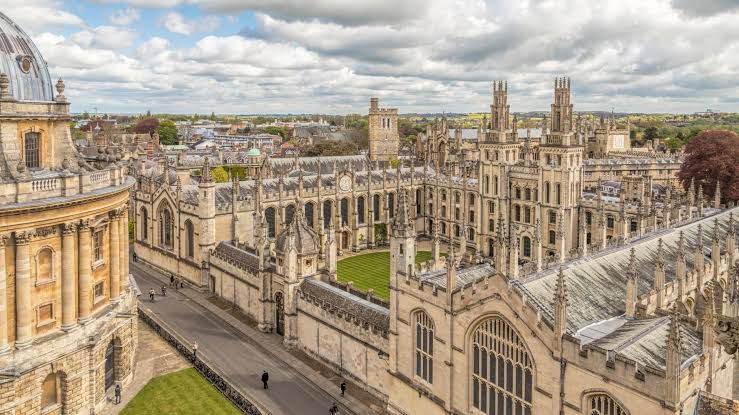
Notably among the oldest educational institutions in the world is the University of Oxford, located in Oxford, England. Among the academic community, it is held in somewhat great respect and is studied in the arts, the humanities, the social sciences, and the scientific sciences among other disciplines. Apart from ranking among the top 10 educational institutions worldwide, Oxford University is also usually considered as the most prestigious one in the world. Oxford University stands as the top table runner in THE international university ranking for 2024.
2. Stanford University (United States)

Discovery, creativity, invention, and world-class medical treatment abound at Stanford University. Dedicated to its original goal of improving society by means of research and teaching, Stanford aims to build a sustainable future for all, inspire discoveries about our planet and ourselves, hasten the social influence of its work, and equip students as global citizens. Each year, more than 7,000 undergraduate and 9,000 graduate students study at Stanford. First welcoming students in 1891, the university is situated on ancestral territory of the Muwekma Ohlone Tribe in the San Francisco Bay Area. With eighteen multidisciplinary research institutes and seven schools—the Graduate School of Business; School of Earth, Energy & Environmental Sciences; Graduate School of Education; School of Engineering; School of Humanities and Sciences; Law School; and School of Medicine—Stanford boasts one of the biggest university campuses in the United States over 8,180 acres.
3. Massachusetts Institute of Technology (MIT) (United States)
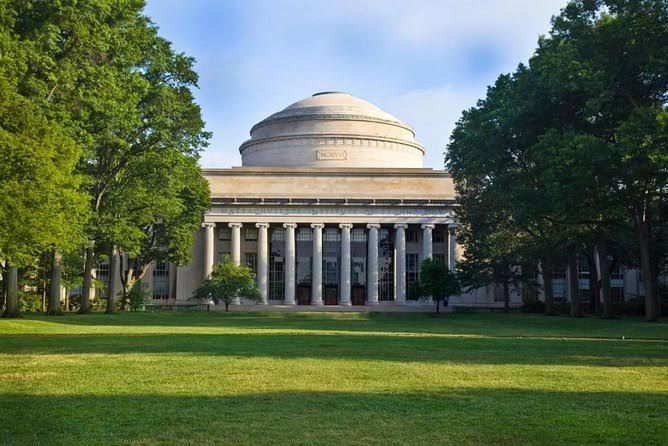
Founded in 1861, MIT was first a small group of scientific aficionados and problem-solvers ready to use their expertise on the planet. With around 11,000 undergraduate and graduate students as well as 1,000 faculty members today, MIT has evolved into a major educational powerhouse. Comprising one college (computing) and five schools (architecture and planning; engineering; humanities, arts, and social sciences; management; science) MIT is an autonomous, coeducational privately supported university. Still, MIT’s teaching approach centers largely on the concept of creative invention. MIT researchers are leading front-edge advancements in artificial intelligence, climate adaptation, HIV, cancer, and poverty reduction while in the past their work has driven scientific discoveries including the development of radar, the invention of magnetic core memory, and the concept of the expanding universe.
4. Harvard University (United States)
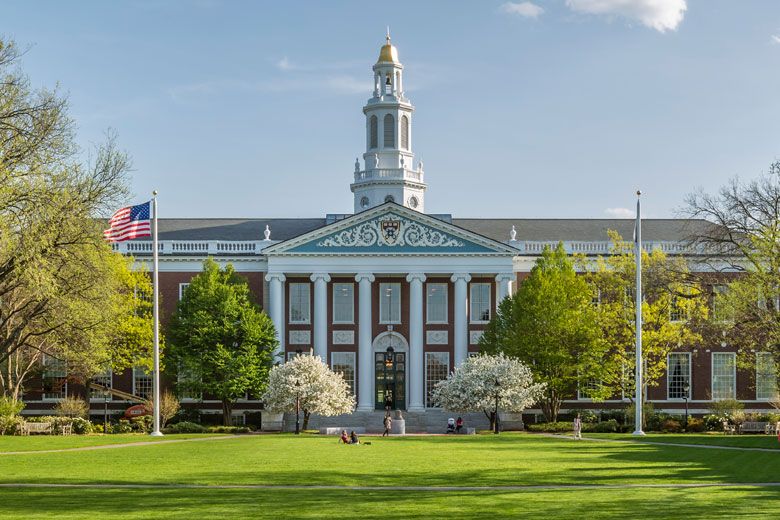
Originally established in 1636, Harvard is the first higher education school in the United States and is usually ranked in terms of its importance, reputation, and academic pedigree as a top university not just in the US but also worldwide. Harvard’s 209-acre campus, three miles north-west of Boston, Cambridge, Massachusetts, has two theatres, five museums, ten degree-grading colleges in addition to the Radcliffe Institute for Advanced Study. Comprising eighteen million volumes, 180,000 serial titles, an estimated 400 million manuscript pieces, and ten million images, it also boasts the largest academic library system in the world. Like most pre-Civil War universities in the United States, Harvard was founded to educate clergy; but, its curriculum and student body quickly secularized and in the 20th century admissions policy was expanded to attract a more diverse pool of students. Now, 21,000 students visit the university overall; each of them can be seen dashing by John Harvard, the first benefactor and institution builder who seems to be calmly in the midst of the campus. The bronze statue’s gleaming foot comes from almost continuous rubbing by tourists and students believing the deed brings luck.
5. University of Cambridge (United Kingdom)
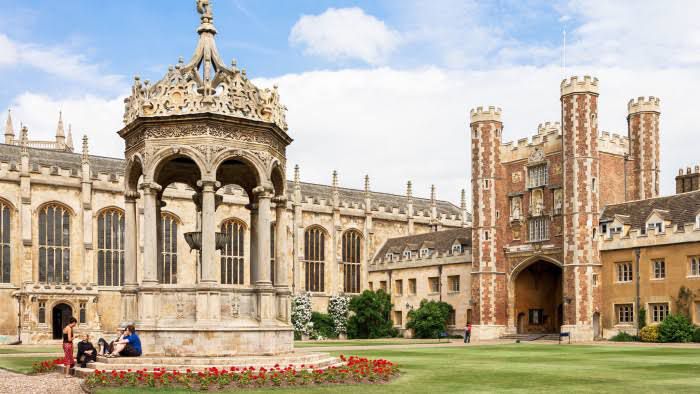
Rich in legacy, the well-known College and University buildings of the University of Cambridge attract visitors from all around the world. But the University’s museums and archives also highlight many treasures that offer amazing glimpse into some of the scholarly interests, past and present, of its faculty and students. Among the top ones in the United Kingdom and among the oldest universities worldwide, the University of Cambridge Well-known internationally, its excellent academic record reflects both the intellectual capacity of its students and the world-class original research generated by the University and Colleges staff. The Quality Assurance Agency and other outside critics of education and instruction—such as External Examiners—endorse its reputation. Along with its excellent resources—including libraries, museums, and other collections—these high standards have been developed in part by the intellectual opportunities Cambridge offers. Along with lectures, seminars, and practical courses led by top-notch experts in their field, teaching also consists in more customized training coordinated through the Colleges. Students have many opportunities to engage formally and informally with instructors at all levels.
6. Princeton University (United States)

Princeton is among the venerable and oldest American universities. Originally founded in 1746, it moved to its current New Jersey site in 1896. Among some of its famous buildings, including Frank Gehry’s Lewis Library, Princeton is well-known for both the architectural splendor and the incredible campus greenery. The student body is fairly tiny with less than 10,000 registered overall and 12% of undergraduates are foreign students. Among the top scientific institutes worldwide, Princeton has turned out two US presidents, James Madison and Woodrow Wilson. Among other outstanding graduates are Google chairman Eric Schmidt, Apollo astronaut Pete Conrad, Michelle Obama, performers Jimmy Stewart and David Duchovny.
7. California Institute of Technology (Caltech) (United States)
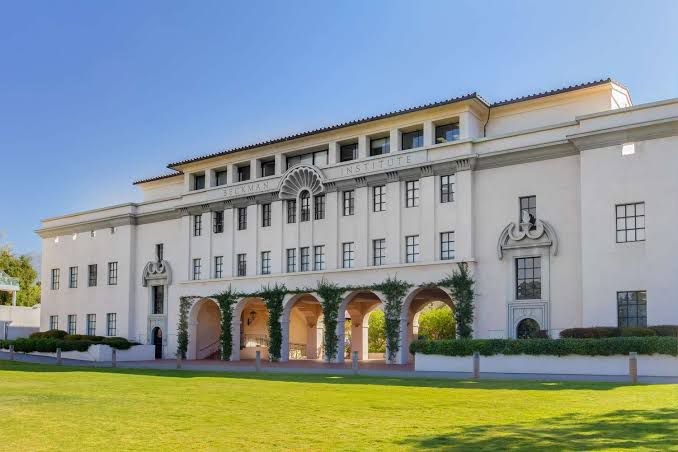
Along with being among the most costly engineering schools in the United States, the California Institute of Technology is among the most esteemed ones. This private university is the most prestigious one in the world overall. Five establishments are connected to the California Institute of Technology (Caltech). These organizations comprise the Beckman Institute, the Kavli Nanoscience Institute, the Rosen Bioengineering Center, the Tianqiao and Chrissy Chen Institute for Neuroscience, and the Resnick Sustainability Institute. Many people know that some of the most esteemed science and engineering programs available in the United States are created by Caltech.
8. Imperial College London (United Kingdom)
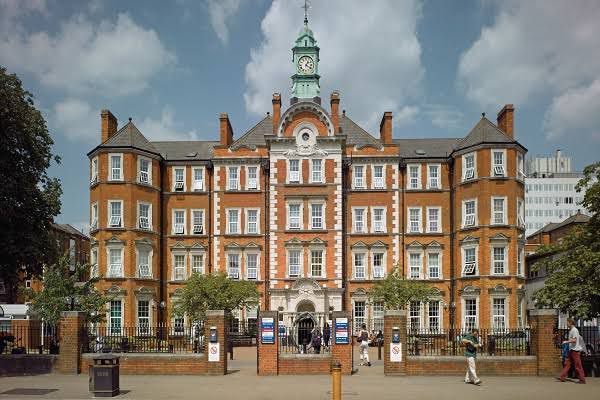
Imperial College London, one of a kind university in the United Kingdom, focuses in science, engineering, medicine, and business solely. Imperial offers an education that is research-led, exposing you to real world challenges with no clear answers, teaching that opens everything up to question and possibilities to work across multi-cultural, multinational teams. Prince Albert and Sir Henry Cole’s 19th century vision for a location where science and the arts would meet is realized here, based in South Kensington in London, in an area known as “Albertopolis.” From the Science, Natural History and Victoria and Albert museums to the Royal Colleges of Art and Music; from the English National Ballet to the Royal Albert Hall, where all of Imperial’s students also graduate, her neighbors represent a spectrum of world-class cultural organizations.
9. University of California, Berkeley (United States)
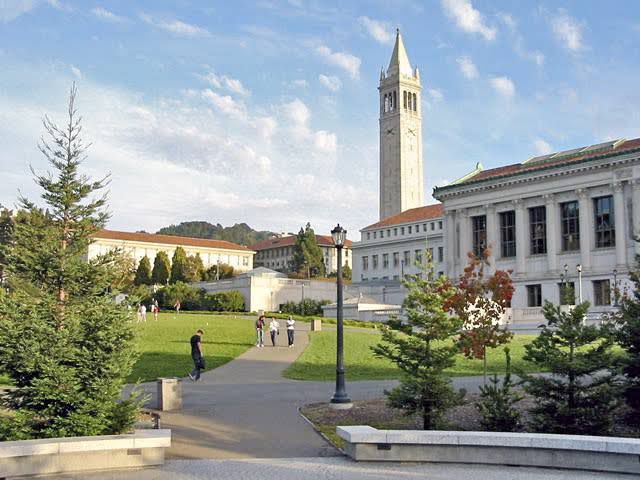
Originally founded in 1868, the University of California, Berkeley (UCB) is a public research university ranking as the flagship among the ten universities linked with the University of California network. Berkeley boasts among the 14 founding members of the Association of American Universities several world-class research centers like the Mathematical Sciences Research Institute and the Space Sciences Laboratory. Among Berkeley graduates, faculty, and researchers are 99 Nobel laureates, 23 Turing Award honers, and 14 Pulitzer Prize winners. Berkeley’s Nobel laureate Ernest Lawrence developed the cyclotron, which allowed UC Berkeley researchers and scientists to identify sixteen chemical elements of the periodic table; faculty member J. R. Oppenheimer directed the Manhattan project to create the first atomic bomb.
10. Yale University (United States)

Established in 1701 by English Puritans, Yale, housed in New Haven, Connecticut, is the third-oldest university in the United States. Though it’s also labeled as the “Cultural Capital of Connecticut,” today Yale rules the city, a component of the New York metropolitan area. With “art almost everywhere you look,” the New York Times says New Haven is also pretty attractive. Comprising buildings dating back to the mid-18th century, Yale University’s central campus covers 260 acres Apart from the original undergraduate college, the university consists of twelve professional schools including the Yale Graduate School of Arts and Sciences. Before deciding on a major, liberal arts courses help students explore many fields of interest. Yale undergraduates are set into a social structure of residential colleges, which allows them to access the intellectual and cultural resources of a large university while also feeling the coherence and intimacy of a small university. Their most unusual trait is perhaps this.

